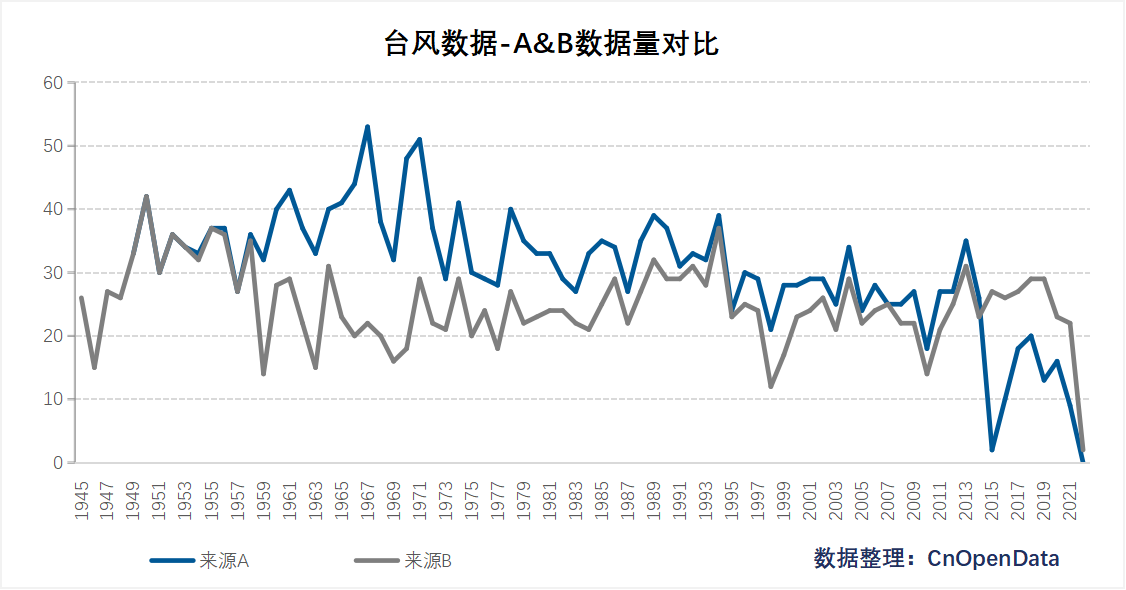Typhoon disasters represent one of the most frequent and severe natural catastrophes globally, posing a significant challenge to human survival and development. According to statistical data from the typhoon climate change assessment report compiled by the United Nations Economic and Social Commission for Asia and the Pacific (ESCAP) and the Typhoon Committee of the World Meteorological Organization (WMO), tropical cyclones worldwide cause an average of 20,000 deaths and over US$10 billion in economic losses annually. Due to the characteristics of externality, intergenerational equity, and global scope inherent in climate issues, the impacts and disaster management of typhoons have consistently been focal and challenging topics for both academia and society. Numerous academic studies have explored this field, accompanied by the establishment of specialized typhoon research institutes and projects.
Typhoons exert substantial impacts not only on nature but also on socioeconomic systems. From a macroeconomic perspective, sudden natural disasters such as typhoons severely damage infrastructure and buildings in affected areas, potentially causing significant casualties and hindering local economic development. Conversely, the destruction of outdated structures creates opportunities for urban renewal and development by resolving contradictions between land redevelopment and durable buildings, thereby injecting new momentum into local economies. At the micro level, the immense destruction caused by natural disasters imposes substantial fiscal pressures on local governments for post-disaster rescue and reconstruction, which may lead to intensified tax enforcement on enterprises to secure fiscal resources. This enforcement reduces corporate tax avoidance behaviors, while compliant enterprises may gain increased government subsidies and credit resources in the future.
The CnOpenData Typhoon Database developed by our team integrates typhoon information from two distinct sources, each differing in field coverage and data volume, allowing researchers to select based on specific needs. Source A includes three sub-tables: Basic Typhoon Information, Typhoon Path Data, and Typhoon Wind Circle Radius. Source B comprises four sub-tables: Basic Typhoon Information, Typhoon Landing Records, Typhoon Path Data, and Typhoon Forecast Information. Together, these sources comprehensively cover typhoon-related data from China's southeastern coast to the Western Pacific, providing high-quality resources for relevant studies.
Temporal Coverage
- Source A: 1945-2024.9 (Wind circle radius data starts from 2015)
- Source B: 1949-2024.9 (Forecast information data starts from 2004)
Data Scale

Field Overview
台风数据-A来源
台风数据-B来源
Sample Data
Due to space constraints, this page only displays tables from Source A. For complete information, please navigate to individual tables via the left sidebar.
Typhoon Basic Information Table
Typhoon Path Information Table
Typhoon Wind Circle Radius Table
Related Literature
- Lyu Yongbin, Li Zhisheng, Guo Yichen, 2024: "Against the Wind: Typhoon Disasters and Bank Risk-Taking Behavior," Journal of Financial Research 1.
- Elloitt, R.J.R., et al. (2019). "Estimating the direct and indirect impact of typhoons on plant performance: Evidence from Chinese manufactures." Journal of Environmental Economics and Management 98:102252.
Data Update Frequency
Annual updates